From Ancient Art to Modern Manufacturing
For centuries, Iranian artistry has been celebrated worldwide, and one of its most enduring expressions is in the magnificent tiles and ceramics that adorn mosques, palaces, and homes. This isn’t just about history; it’s about a living legacy that has evolved from a rich tradition of craftsmanship into a powerful, modern industry. Iran’s tile and ceramic sector is a fascinating blend of ancient techniques and cutting-edge technology, making it a significant player in the global market. This article will take you on a journey through this industry, exploring its historical roots, its current strengths, the technological innovations driving its growth, and the promising future it holds for international trade and partnership.
A Heritage Forged in Clay: The Historical Significance
Iran’s history with ceramics is as old as civilization itself. The discovery of ancient pottery and glazed tiles in archaeological sites across the country attests to a tradition that spans thousands of years. The artisans of ancient Persia were masters of their craft, using local clays and natural pigments to create objects of both beauty and utility.
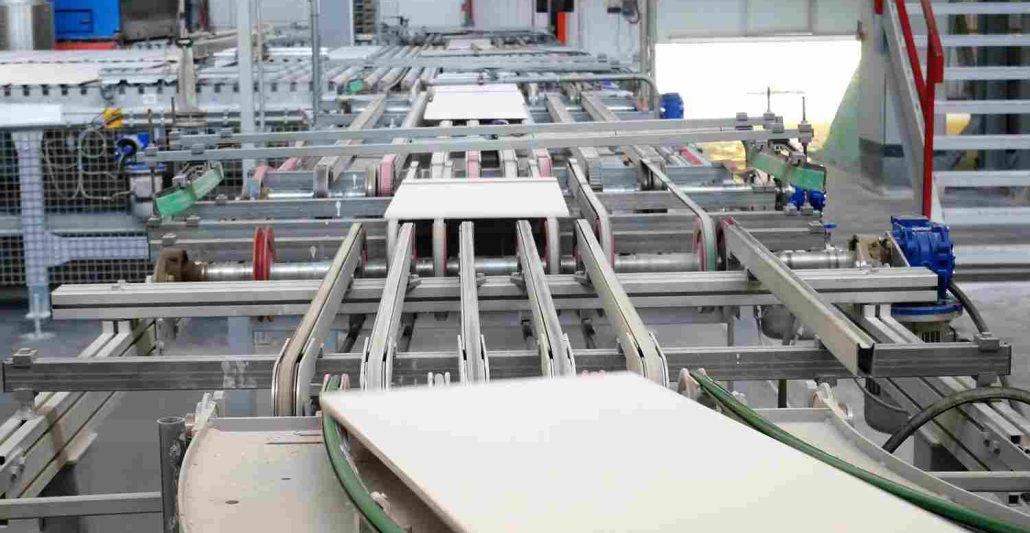
The Golden Age of Iranian Tilework
The true zenith of Iranian tilework came during the Islamic era, particularly under the Seljuk and Safavid dynasties. This was a period of incredible architectural innovation, where tiles weren’t just decorative elements but integral parts of the structure. The dazzling blue mosaics of Isfahan’s mosques, the intricate geometric patterns of the Shah Mosque, and the floral motifs of countless historical buildings are testament to the skill and artistry of these master craftsmen. Techniques like haft-rang (seven colors) and mosaic tilework (Moarraq) were perfected, creating a visual language that remains a hallmark of Iranian design to this day. This deep-rooted cultural heritage provides the foundation for the quality and aesthetic appeal that define Iran’s modern tile and ceramic products.
The Modern Industry: A Synthesis of Tradition and Technology
Today, Iran’s tile and ceramic industry is a dynamic and thriving sector. It’s no longer just about handcrafted masterpieces; it’s about high-volume production, technological advancement, and meeting the demands of a global market.
Raw Material Advantage: The Foundation of Quality
One of the key strengths of Iran’s industry is its abundant access to high-quality raw materials. The country’s diverse geology provides a wealth of clays, feldspar, kaolin, and other essential minerals. This self-sufficiency in raw materials gives Iranian manufacturers a significant competitive advantage, reducing production costs and ensuring a stable supply chain. The quality of these natural resources directly contributes to the durability and finish of the final products, from simple floor tiles to sophisticated porcelain.
Manufacturing Prowess: From Craft to Kiln
Over the past few decades, Iran has made substantial investments in modernizing its production facilities. Many factories now utilize state-of-the-art machinery and digital printing technology, allowing for the creation of intricate designs with unprecedented precision and consistency. This has enabled the industry to produce a wide range of products, including:
- Wall and Floor Tiles: Catering to both residential and commercial projects, with a vast selection of sizes, textures, and finishes.
- Porcelain Tiles: Known for their durability, low porosity, and strength, porcelain tiles from Iran are highly sought after for both indoor and outdoor use.
- Glazed Ceramics: A staple of the industry, glazed ceramics are used for everything from kitchen backsplashes to sanitary ware.
- Technical Ceramics: A growing niche, with specialized products designed for industrial and high-performance applications.
This fusion of traditional expertise and modern manufacturing techniques ensures that Iranian tiles not only honor their past but are also perfectly suited for the demands of the future.

The Global Market: Iran’s Position and Export Potential
Iran is a major player in the global tile and ceramic market. As one of the top producers and exporters in the world, its products are sold in a wide range of countries, particularly within the Middle East, Central Asia, and Africa.
Competitive Edge: Price, Quality, and Variety
The Iranian tile and ceramic industry competes effectively on several fronts. The low cost of raw materials and energy, coupled with a large and skilled workforce, allows for highly competitive pricing. At the same time, the quality of the products is comparable to those from major international competitors. The sheer variety of products available, from traditional designs to modern minimalist styles, means that Iranian manufacturers can cater to diverse tastes and project requirements.
Export Challenges and Opportunities
While the export market is strong, there are opportunities for further growth. Expanding into new markets, particularly in Europe and the Americas, requires a focus on international standards, logistics, and branding. The industry is actively working on these areas, with a push towards obtaining global certifications and participating in international trade fairs to showcase its capabilities. For international businesses, partnering with Iranian manufacturers offers an excellent opportunity to source high-quality, cost-effective products.
The Future is Bright: Innovation and Sustainability
The future of Iran’s tile and ceramic industry is focused on innovation, sustainability, and market expansion. The industry is not content to rest on its historical laurels; it’s looking ahead.
Embracing Sustainability
In response to global trends, Iranian manufacturers are increasingly focused on sustainable production practices. This includes reducing water and energy consumption, recycling waste materials, and exploring new eco-friendly technologies. By adopting these measures, the industry is positioning itself as a responsible and forward-thinking supplier in the global marketplace.
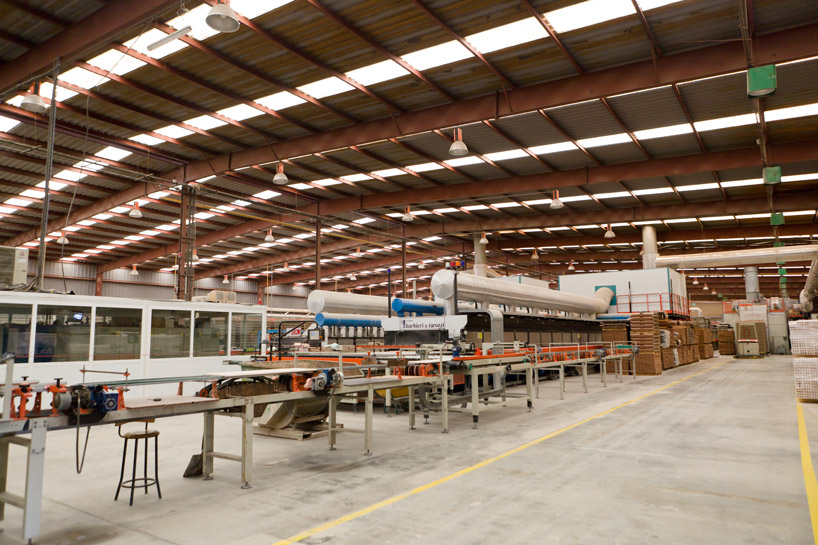
Design and Technology Trends
The industry is also keeping pace with the latest design and technology trends. Digital printing allows for the replication of natural materials like wood and stone with stunning realism. Large-format tiles, which are currently in high demand, are being produced with greater frequency. The focus on R&D is creating opportunities for the development of new products with enhanced features, such as antimicrobial surfaces and self-cleaning glazes.
Conclusion: A Bridge Between Past and Future
Iran’s tile and ceramic industry is a powerful testament to the country’s ability to preserve its rich cultural heritage while embracing the challenges and opportunities of the modern world. It is an industry built on a foundation of ancient artistry and a deep understanding of materials, now powered by advanced technology and a vision for the future. For architects, designers, builders, and importers worldwide, Iran offers a compelling combination of quality, variety, and value. This is not just a story of clay and kilns; it is a story of a timeless legacy that continues to innovate, inspire, and build a path to a globally connected future.


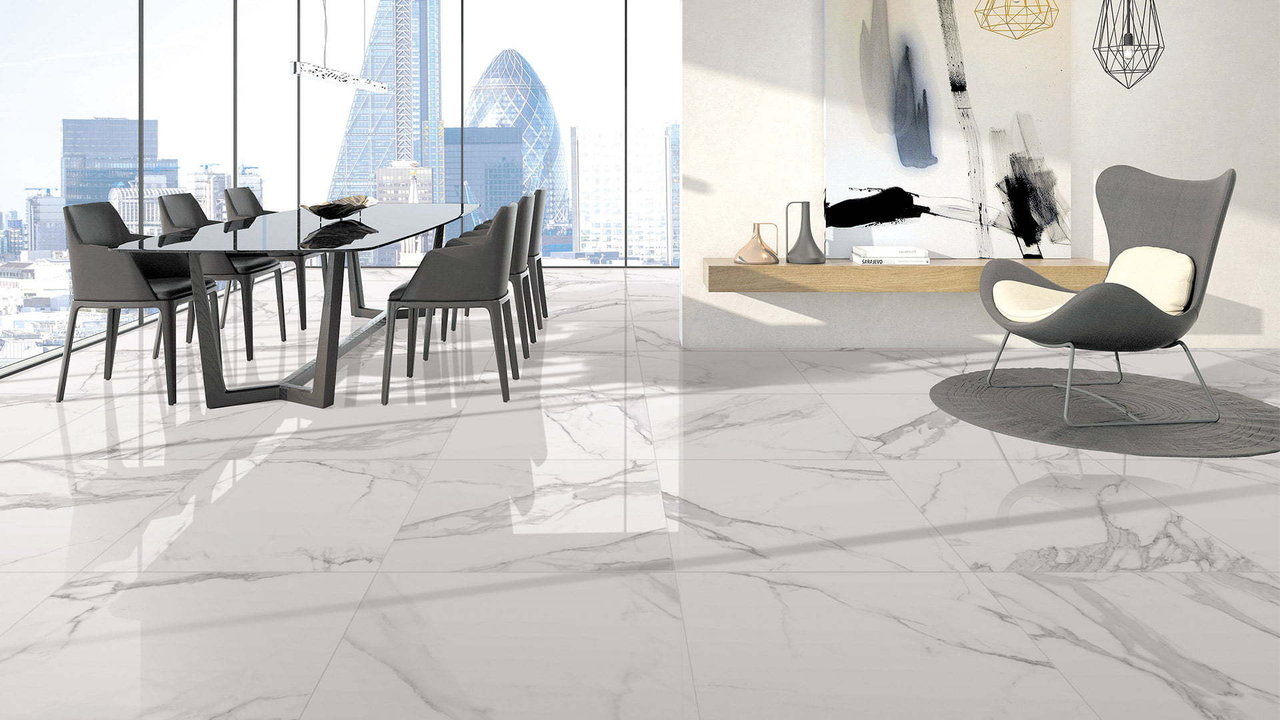

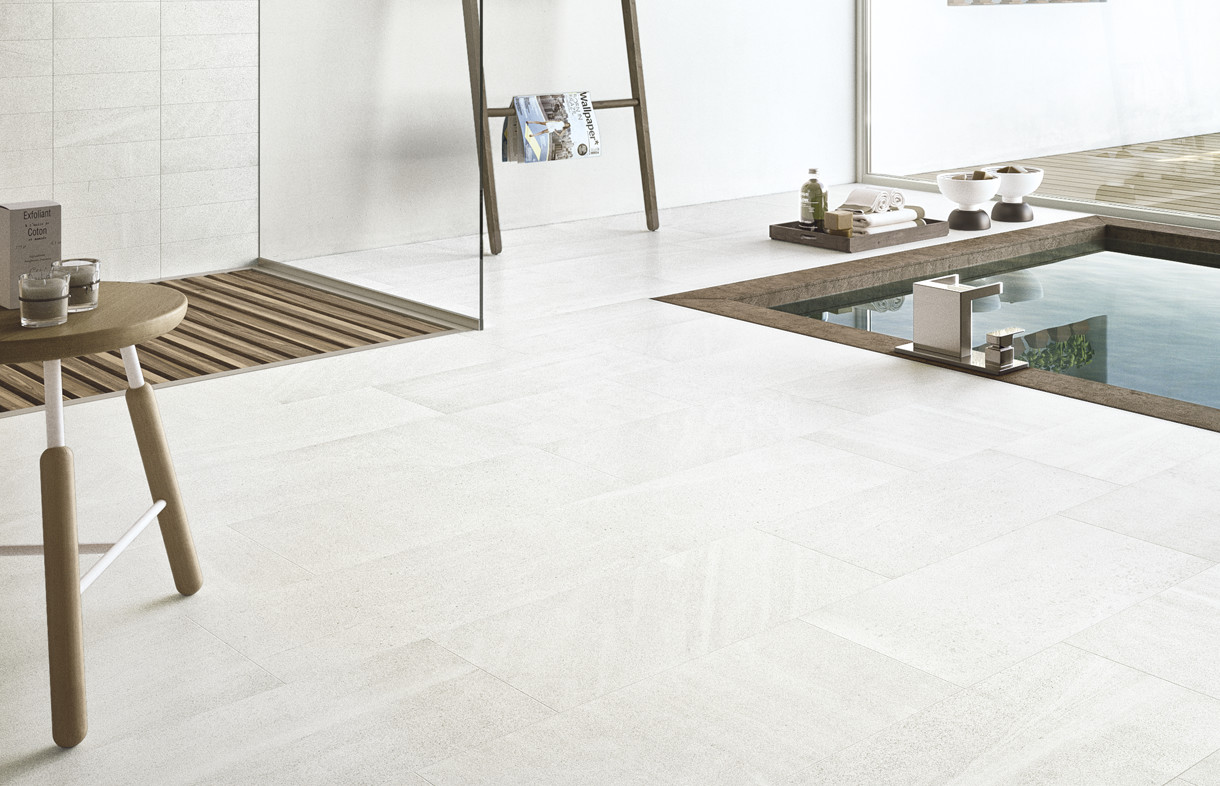

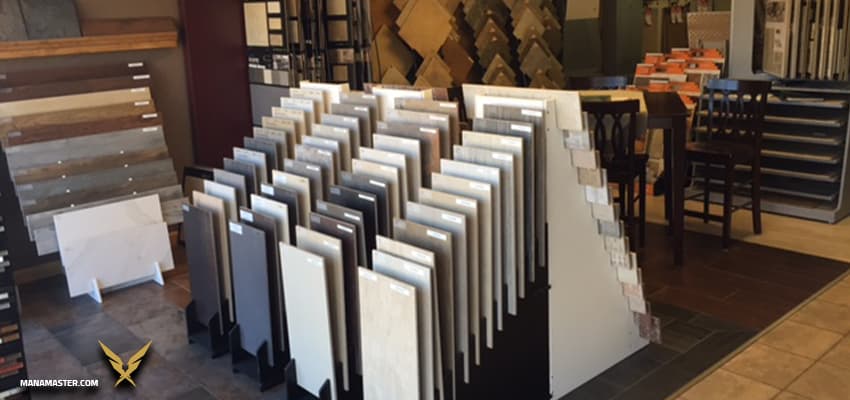
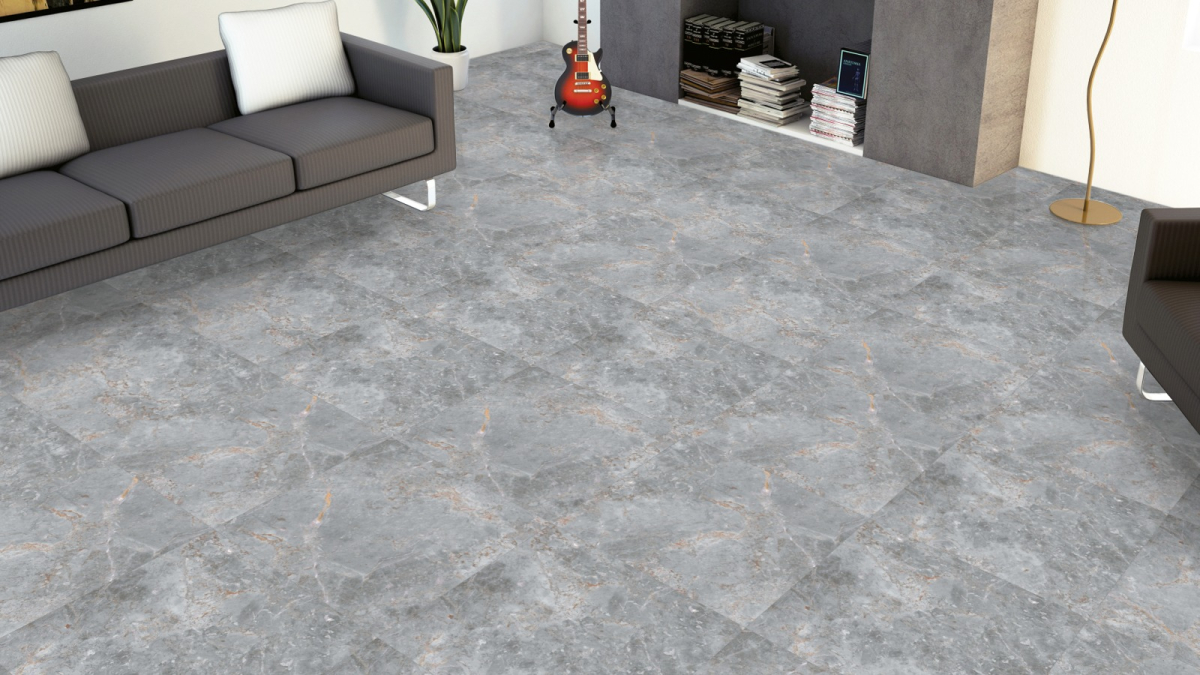
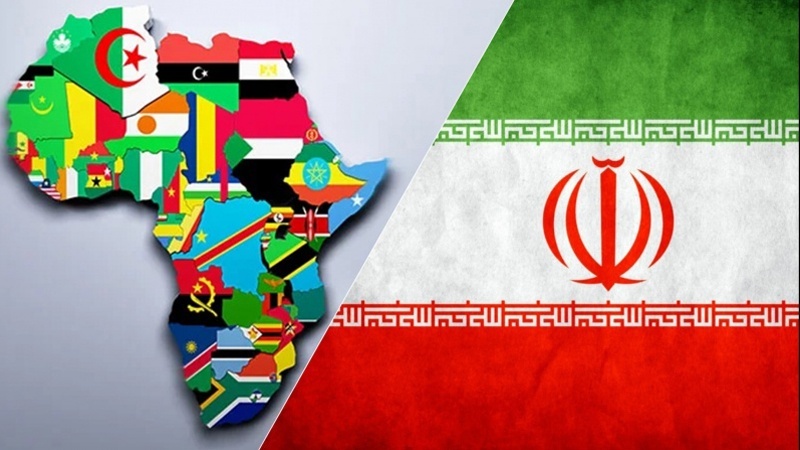
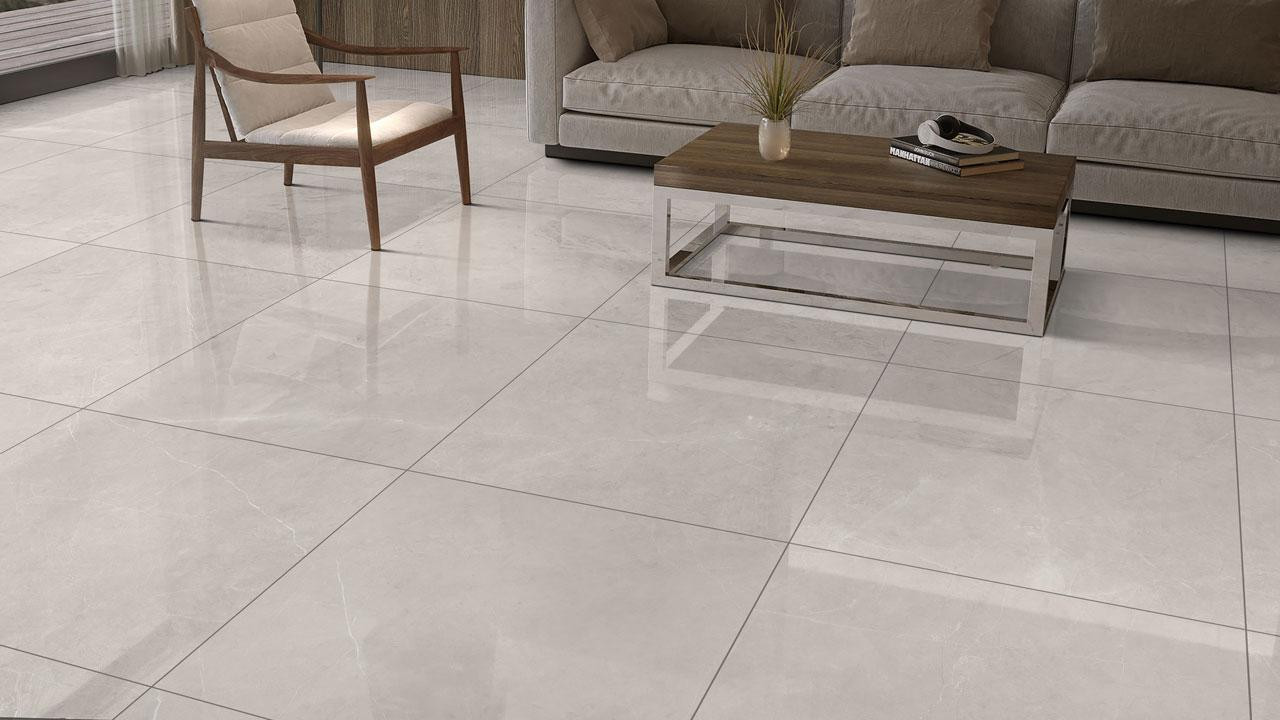

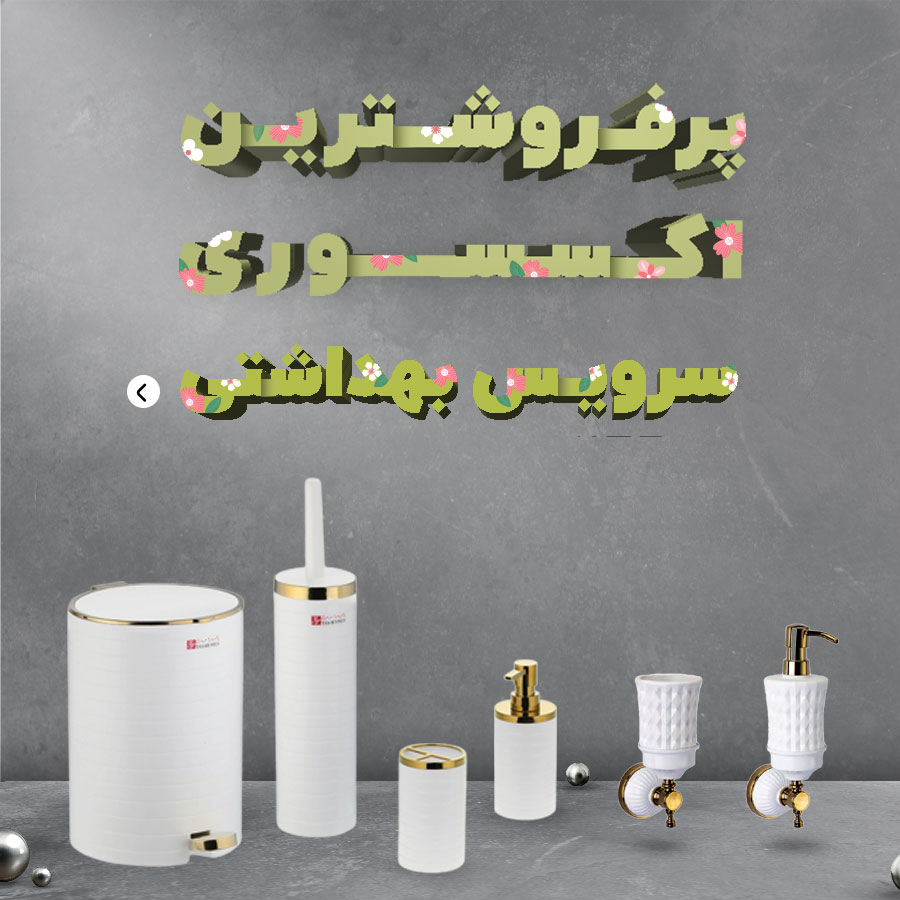

نظرات ۰